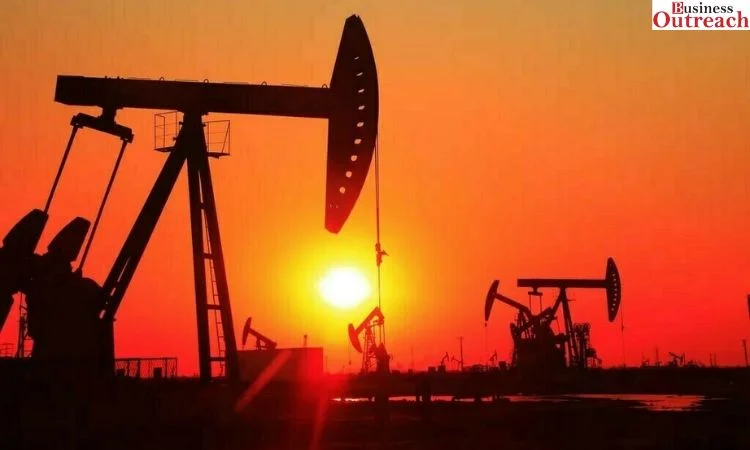Oil prices skyrocketed through Friday, as reports of blasts along with the oil tanks of Iran floated. The local news agencies claim that there were at least one explosion in the south of the country as well as Isfahan in central region of Iran and more in the north of Iraq and neighbouring Syria. While the specifics are vague at the moment , some analysts were quick to speak about Iranian diving underground, as that could have been a cause.

However, come the Asian trading time, the innocent price jumped was at its peak. An international oil benchmark, Brent swerved by almost 3% to $89.7 per barrel to that degree. Up US benchmark major WTI by more than 3% to $85.16, overshadowing an earlier fall. This pronounced shift, however, is credited to a reduced loss compared to the more severe effect that was recorded earlier in that week.
As political risk has been one of major factors determining oil price variations for a long time. Recently, the Middle East, an area that was not making many headlines of late, comes back to the foreground under a new impetus. This news of the Iranian site bombs was followed within the days by a sudden price increase on global oil markets, and a race to safe-haven assets was triggered.
Some experts pointed to the locations hit, particularly Isfahan, as indications Israel may have targeted nuclear infrastructure. This would mark an escalation in their ongoing shadow war with Iran. Tehran had just warned the Jewish state against retaliating for a missile barrage last week. With both sides seemingly ratcheting up the conflict, traders braced for further disruptions to energy flows from the region.
While Friday’s gains recouped a good portion of preceding declines, oil was still on track for modest weekly losses overall. A stronger US dollar, sapping crude demand, had been a key headwind. Fears of higher interest rates stifling global growth also weighed. Additionally, many analysts felt the recent Iranian strikes caused limited damage.
Going forward, geopolitics and macro factors will both demand close watching. The situation in the Middle East remains highly volatile. At the same time, traders will be attuned to any shifts in the monetary policy or economic outlook. For now, oil bulls can take heart that geopolitical risk is back at the forefront, while bears see room for demand concerns to re-emerge. In such a dynamic market, further twists and turns appear assured.















